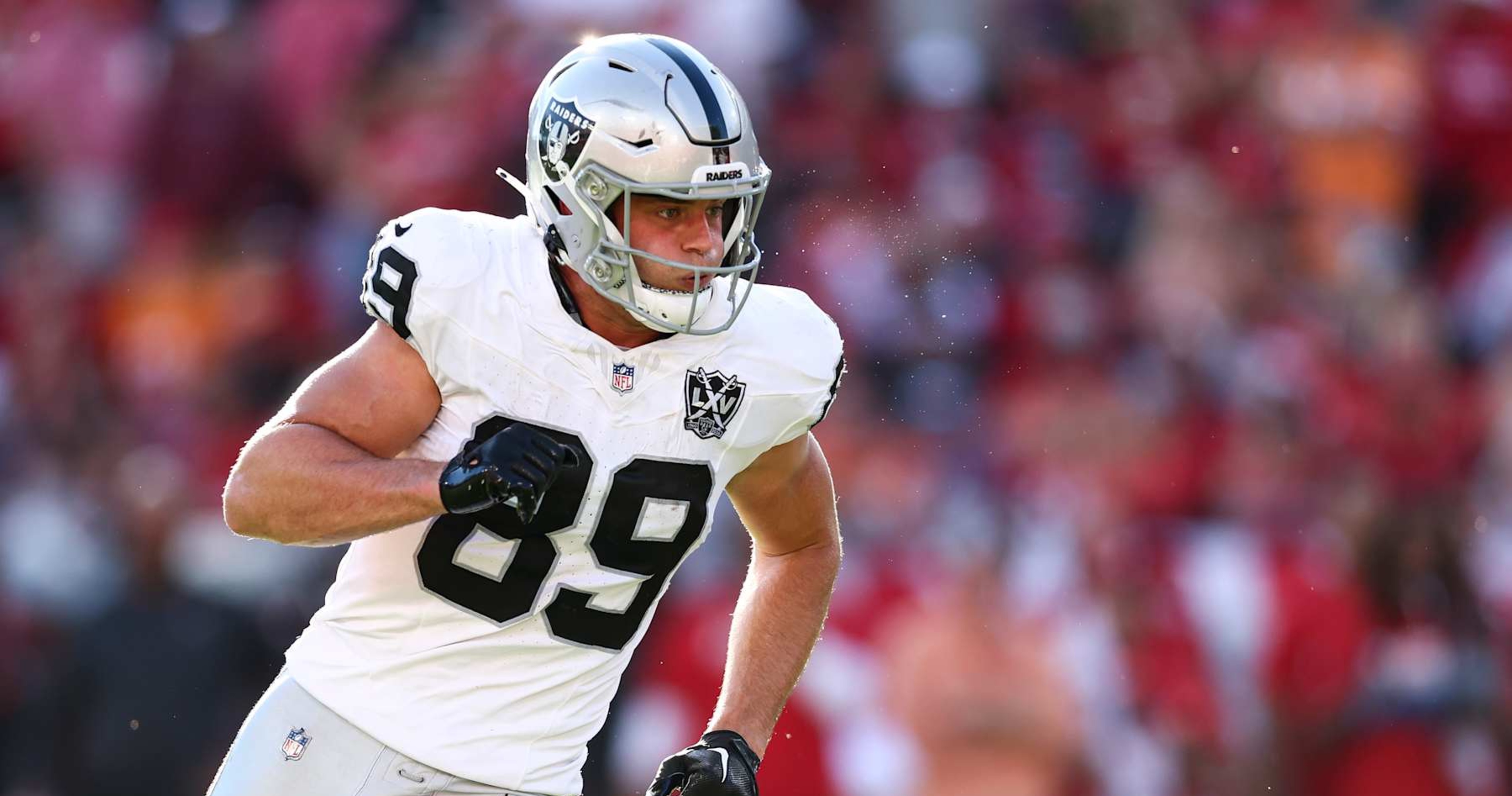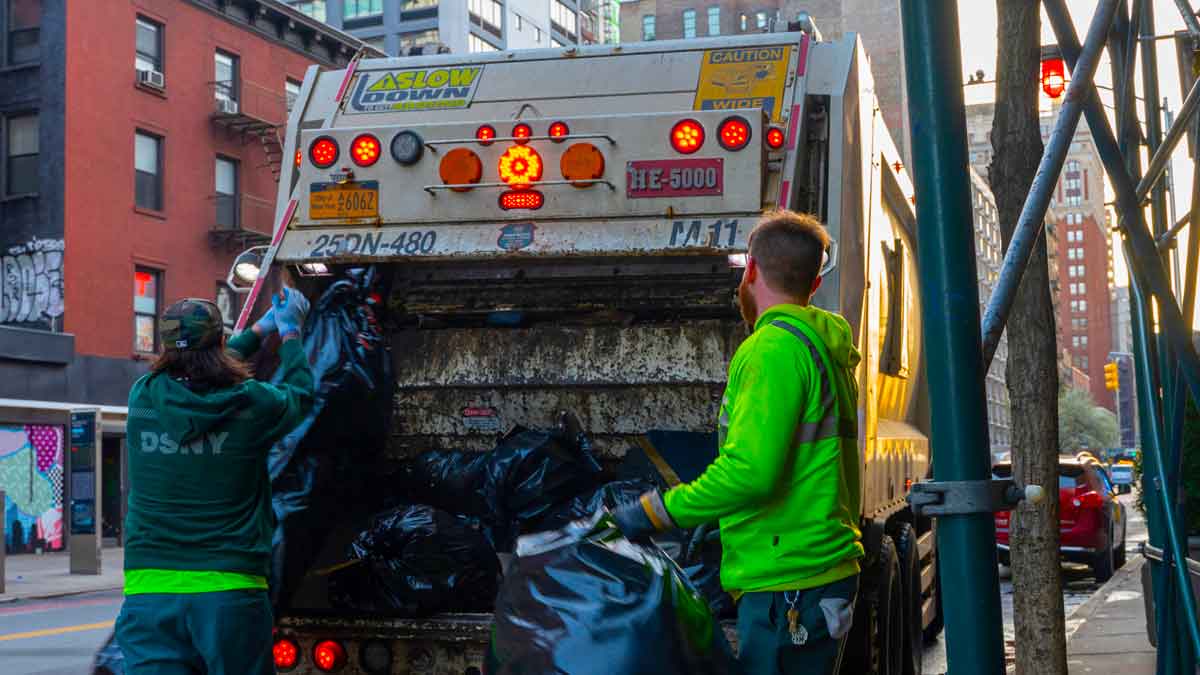Tennis
Monica Puig interview: From tennis Olympic gold to the Ironman World Championships

The ranks of retired tennis players are lousy with men and women struggling to replace the adrenaline rush of laying it all on the line in front of thousands of people.
And then there’s Monica Puig, jogging through the French Riviera night on Sunday, September 22, taking her final paces of the Ironman World Championship in Nice.
Puig, the gold medalist in women’s singles at the 2016 Rio Olympics, completed a 2.4-mile swim, did 112 miles on a bike and then ran a full marathon (26.2 miles) in 13 hours, 57 minutes and 20 seconds.
Speaking from her home in Atlanta on Thursday, Puig, who retired from tennis due to a shoulder injury in 2022, said it was “definitely the most challenging thing I have ever done”.
“Went through hell and back to the finish but damn it paid off,” she said.
That sounds about right for the journey to a dark painful place that triathletes inevitably take. No journey to the finish line is the same but Puig’s route, which took in heartbreak and disappointment, is unique.
“When you’re a tennis player, you think that that’s the only thing that you’re good at, the only thing that you can do,” Puig said between sips from a bottle of water during a break from her television responsibilities at this year’s U.S. Open.
“It turns out that you have so many more hidden talents that go unnoticed if you don’t try something else.”
Puig, who turned 31 on Friday, cried when she woke up Sunday morning in Nice and told her husband, Nathan Rakitt, she didn’t want to race. Too long, too hard, too many unknowns, for someone who spent most of her life playing two-hour, best-of-three-sets tennis matches. He suggested they try to make their way to the starting line and go from there.
The swim in the Mediterranean brought choppy seas. The cycling course included gaining roughly 4,000 feet of elevation from mile 20 to 30. She tried to stay calm as her chain kept dropping and the temperature plummeted and the winds picked up. Her toes were numb. In the transition area before the marathon, her legs went stiff. She didn’t know how she was supposed to run 26 miles after spending eight hours on her bike. Midway through the marathon, when Rakitt asked if she needed anything, she started bawling. Then she trudged on.
GO DEEPER
Murky waters of Olympic triathlon make for picturesque but dicey races
This isn’t the way Puig planned her athletic career.
Born in Puerto Rico before growing up in Miami, Puig spent nearly all her childhood like most tennis players do: training for a professional career in the sport. Her mother, Astrid, gave Puig her first racket when she was six, and started training her in the early morning hours at a local park near their home in Florida.
After she turned 10, Puig started homeschooling in fifth grade to dedicate more time to training and traveling to tournaments. She turned professional at 16. At 22, she won Puerto Rico’s first Olympic gold medal in any sport, beating Angelique Kerber in a major upset. It was the highlight of a solid career that peaked with a singles ranking of No. 27 and that triumph in the Olympics.

Monica Puig beat Angelique Kerber, who was Australian Open champion at the time, in 2016. (Clive Brunskill / Getty Images)
Then came 2019, and the severe pain in her right shoulder that wouldn’t fade. After two decades of training roughly six days a week, for anywhere from four to eight hours, she had serious injuries to her rotator cuff, biceps tendon and labrum, as well as a compressed nerve in her elbow.
She had surgery to repair the damage, but eventually high-performance tennis undid the repairs that doctors had made. She loved pretty much everything about tennis, even the travel, but continuing to play became impossible. Three years later in the spring, just before the French Open, she retired.
Puig had dabbled with television work during her career and always thought she would head in that direction when her playing days ended. She had given little thought to filling her sports void.
It turned out that the stuttering grind of dealing with her injuries had delivered one silver lining. After her shoulder surgery, Puig had moved to Arizona to work with Todd Ellenbecker, a renowned physical therapist. While there, she rose early to enjoy the crisp desert mornings.
Sometimes she went for a hike. Then she started to run, just a few miles at first, but then slowly adding distance.
Choosing to run felt strange. Like most tennis players, she had always experienced running as a form of punishment, or an indication that she wasn’t in control of a point or a match. Now it was becoming a form of therapy, one of the best parts of her day. She fell for it hard.
“When you live in this world (of tennis) your whole day is structured on getting better, on working on something,” she said.
“When that purpose is suddenly gone, you need to find something to fill the void.”
She ran a half-marathon, which nearly stopped her love for it dead, but liked the feeling of accomplishment enough to want to try to run the New York City Marathon just six months after retiring.
Meanwhile, she was figuring out another side of retirement that tennis players who have accrued some fame tend to talk about a little less: income.
Athleta, an athletic brand with a large emphasis on endurance sports, had reached out to her as her career was winding down. Their executives liked her story. They were considering getting into tennis. They wanted her to be both a brand ambassador and an occasional consultant.
Puig said yes. She kept on running.
She finished New York in four hours, 32 minutes, and decided that she wanted to go under four hours. She has since run three more marathons, in Boston, Chicago and London. All under four hours.

Monica Puig crosses the finish line at the 2023 Boston Marathon. (Erika Denhoff / Icon Sportswire via Getty Images)
Then triathlons came into her life, as something of a dare from her husband. Rakitt had done his share of Spartan races and suggested Puig channel her competitive instincts toward something beyond running.
She told him he was nuts.
She knew how to swim and cycle, but not like that. She had never clipped into a serious racing bike and had no clue how to swim with maximum efficiency. Nevertheless, she did what a lot of triathletes do, signing up for a race and figuring it out on the fly, but that approach didn’t last long. It didn’t really square with how a professional athlete prepares for competitions — the only element of the discipline with which Puig was intimately familiar.
After completing her first half-Ironman in Augusta, Ga., she completed two more and began working with a coach, Danny Ramos of Puerto Rico, to help her learn how to optimize her training. As her best time in a half-Ironman (1.2-mile swim; 56 miles cycling; 13.1 miles running) dropped close to five hours, she got a spot in the Ironman World Championship. Daunting as that was, she wasn’t about to turn it down. And just like that, she was back to what her tennis life had been, training six days a week and alternating from cycling to swimming to running to get her body used to the transitions.
Puig has no intention of trying to become a world-class triathlete at any distance. She has caught the endurance bug because of the opportunity to compete with herself, and others. Getting on a podium in her age group suddenly feels enticing, partly because nothing she does on a race course will affect the performance of her competitors.
In many ways, it’s the furthest thing from tennis. There are goals to achieve in a sport that is all about self-improvement, qualifying for events like the world championships to race alongside the pros without any worry about having to beat them. She will do it once more next year when she competes in the (half) Ironman 70.3 World Championship in Marbella.
One way triathlons are close to tennis matches is that they provide a familiar mental test: pushing ahead when they aren’t feeling their best. Puig was struggling during a race in Ohio. Swimming off its shores on Lake Erie, she felt like she was sinking. She slowed her breathing and told herself to focus on small things, like continuing to pull water.
In those moments, the useful self-talk can have a familiar sound. When she was struggling on a tennis court late in a match, she often told herself her opponent was probably feeling just as bad as she was. That’s not so different than what she can tell herself in the final miles of a race.
“Nobody’s going to be feeling 100 percent like you did before you started,” she said.
Until the finish, of course. In Nice, after telling herself multiple times she would never do this again, she crossed the finish line hearing the famous announcement. No longer “game, set, match, Puig,” but “you are an Ironman!” She embraced Rakitt under a dark sky. Then she began to think about where she would do her next race.
It’s good to try new things. You never know what you might be good at.
(Top photo: Getty Images)









